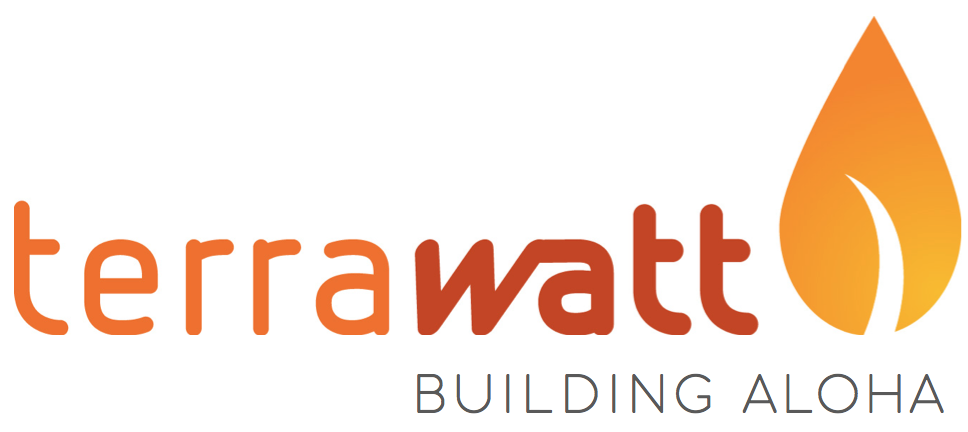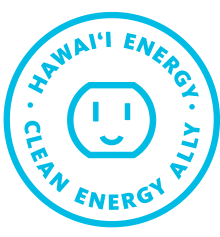
“Vog is a form of air pollution that results when sulfur dioxide (SO2) and other gases and particles emitted by an erupting volcano react with oxygen and moisture in the presence of sunlight. The word is a portmanteau of the words ‘volcanic,’ ‘smog,’ and ‘fog’…the Kilauea volcano, on the Island of Hawaiʻi (aka “The Big Island”), has been erupting continuously since January 3, 1983…Kilauea emits 2,000–4,000 tons of SO2 every day.” (Thank you, Wikipedia.)
I’ve been fielding questions about vog lately. People are worried about their children, they want to know how much an air conditioner costs (that’s like asking “how much does a car cost?”) and whether one would filter the air, they don’t know what’s in the air they’re breathing, and they’re concerned about a problem…that they might not even have.

Mainlanders have been asking me if I’m “safe.” I live in Waimea and only experience the rare earthquake, the biggest mountain in the world is between me and the volcano, and my air is pretty clean. But today I walked outside and could smell Kilauea. If I can smell it, I’m breathing it. If you live in Kona or Waikoloa, you might be at higher risk.
Indoor air quality is something I work on and can help you with. Outdoor air quality is trickier, but if you put on a mask it’ll help.
Outside

The cheap paper dust masks hardly do anything so I wouldn’t bother. A bare minimum would be an N95 mask, a slightly more robust thing, which filters out 95% of dust and mold in the air.
A step up would be a respirator. (Link takes you to OSHA.) I spend a lot of time wearing a respirator. They have replaceable filter cartridges, and those come in different color-coded flavors. The soft round P100 filters (purple/fuschia) help with particles, but don’t do anything for gases.
The organic vapor cartridges (black) are more helpful. They defend against some particles AND some vapors, including SO2. This would be a good step, but my recommendation is an organic vapor/acid gas cartridge (yellow) because “acid” is sometimes a vog ingredient.

Cartridge colors are mix ‘n’ match because manufacturers combine different parts. The one I’m wearing in the picture protects against organic vapors and acid gases, but not small particles – there’s no purple on it. To protect against vog, look for a “purple cartridge with a yellow label” as a minimum. Therefore, the one I’m wearing helps with gases…but not particles.
Inside

If you want to keep your home vog-free, it’s a bit more involved. The first thing to do is a blower door test. (I include one with an energy audit, but also do them as a standalone service.) A blower door tells us how tight a house is. The tighter the house, the less vog will infiltrate. We could also do an air quality test. I have an air quality monitor that comes with an app and measures particles and volatile compounds.
Once we’ve tested, we can stop guessing. Many contractors don’t do this step, and then try the one-size-fits-all path or rely on thirty-year-old “rules of thumb” and forget that the “V” in HVAC stands for Ventilation…and that means fresh air. A ductless mini-split air conditioner doesn’t provide fresh air. It just moves air around, the air that’s already in your house. It has a cheap filter that only catches some dust, so even if you have “air conditioning” that doesn’t mean it’s helping at all with the vog.
If you have “central AC,” then there’s a filter at the air handler. It will catch some particles but not all, and only works if it’s running. It won’t do anything for the gas. Some filters are better than others – the thin filters don’t do much besides keep dust out of the equipment. (Trade secret: cheap filters are designed to protect the equipment…not you.)
But if you have nothing, what do you do? Here’s my path:
- Perform testing. We treat your house like a patient.
- Use the data to craft a plan.
- Air seal the house to tighten it. Once the house is tighter, we have more control over the air inside.

- Choose equipment with at least a MERV 13 filter, but maybe you don’t need “air conditioning” at all. Do you also have mold? Maybe an excellent dehumidifier (they have good filters too!) would suit. Or just a good, ducted fan.
- Positively pressurize the house – ventilating dehumidifiers (like the one in the picture) have an ability to bring in air in a controlled way. If we treat the house like a balloon, and fill it with filtered air, then it pushes outwards and then the vog can’t get in.
- Test again. Use the data to adjust the settings on the equipment.
- Install an air cleaner if necessary.
It’s easy to skip straight to the last step, but how do you know if the air cleaner will work? It’s an experiment, paid for by you, and you’re the test subject. We’ll set aside for now how some air cleaners can make the problem worse. Filters only catch particles, after all. An air cleaner could help, but not if it just replaces bad stuff with different bad stuff.
It’s your house. Take control. Contact me any time – if you have a house, and you want someone to look at the equipment or help you figure out next steps, I have a “no pressure” policy.



